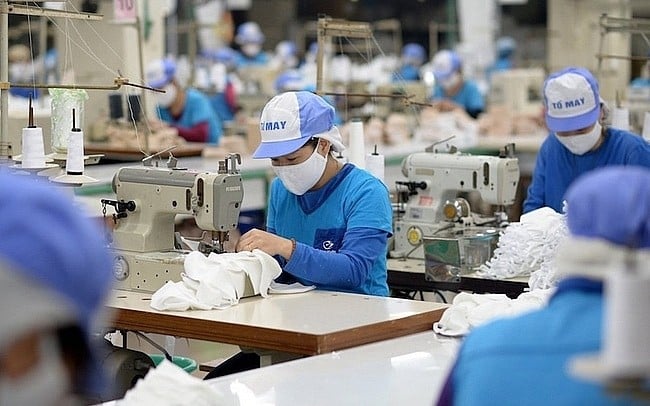 |
| Vietnamese brands have yet to find a place on the global textile map. How to increase the competitiveness of Vietnamese textile brands? (Source: Industry and Trade Newspaper) |
Because most of the products are processed with foreign labels and trademarks, when asked, international consumers do not know about Vietnamese textile brands.
Regarding the quality of Vietnamese textile and garment fashion products, importers assess that they have made many advances in technical lines, reasonable prices, and meet the requirements of consumer segments in export markets.
However, most of the new products focus on the middle-class and low-income customers. Although the design, model and style have been more proactive, they are still inferior to the fashion products of competitors. To gradually approach the high-end customer segment in the market, businesses need to improve the quality of their products significantly, only then can they stand firm in the market in the context of increasingly deep integration in the region and the world.
According to experts, in addition to having to rely too much on foreign raw materials, we are also lacking and weak in weaving, dyeing, finishing and designing. Many Vietnamese brands are famous in the domestic market but cannot be exported under the same brand to the world, so the added value is not high.
Currently, Vietnam’s textile industry is in the low-lying area in the global textile chain. If we can take the initiative in raw material sources and promote the design stage, we will certainly create high surplus value.
Therefore, it is time for textile and garment enterprises to have a strategy to build strong brands, as well as develop brand values to increase competitiveness in the market. At the same time, orienting strategies to improve product quality and design, promoting brand values to create added value for products.
Sharing at the International Exhibition of High-end Fabrics organized by the Vietnam Federation of Commerce and Industry, Ho Chi Minh City Branch (VCCI Ho Chi Minh City) in coordination with other organizations in Ho Chi Minh City from September 20-22, Mr. Tran Ngoc Liem, Director of VCCI Ho Chi Minh City, noted that the commitments of new-generation free trade agreements such as the Comprehensive and Progressive Agreement for Trans-Pacific Partnership (CPTPP), the Vietnam-EU Free Trade Agreement (EVFTA) have also provided viewpoints on green use, recycling, sustainable development, labor standards, production transparency, etc. These requirements from importing countries require Vietnamese manufacturers to adapt.
Meanwhile, only large enterprises have enough capacity and finance to invest in technology to meet these requirements, while small enterprises that mainly process are really a big challenge. In particular, the EU is the second largest textile and garment export market (after the US) and has introduced a series of new standards, more stringent requirements, posing many unprecedented challenges for export enterprises.
The high requirements and standards from export markets have made many businesses, including some famous brands, "confused" about how to handle them. In addition, the impact of the post-Covid-19 pandemic has led to increasingly difficult export markets.
This is not only a concern of manufacturing enterprises, but also a concern of management leaders when difficulties are constant, threatening total export turnover - one of the key sectors of the economy.
Mr. Trinh Minh Anh, Chief of Office of the Inter-sectoral Steering Committee for International Economic Integration, said that in order to improve the competitiveness of enterprises in accessing supply chains to expand international markets, enterprises need to raise awareness and proactively equip themselves with knowledge about commitments to international economic integration.
For example, in order to enjoy tariff preferences under the CPTPP, textiles must meet the “yarn forward” rule of origin, also known as the “3-step” rule. The main rule of origin for textiles under the EVFTA is “fabric forward”. This means that a garment product in Vietnam is considered to have origin under the EVFTA when the fabric is woven, finished, cut and sewn in Vietnam.
In addition, businesses need to clearly understand the characteristics of each market (import-export policies of each country, mandatory or encouraged regulations) for imported goods, such as regulations on animal and plant quarantine, technical standards and market consumption trends...
Mr. Vu Duc Giang, Chairman of the Vietnam Textile and Apparel Association (VITAS), affirmed that green transformation is an inevitable trend that businesses must implement. To increase the competitiveness of Vietnamese textile and garment brands in the international market, businesses must quickly change to adapt to market demands from now on.
To do this, businesses should note: They must find ways to retain workers, while organizing vocational training courses, training human resources for green transformation and digital transformation; getting orders at this time is precious, so businesses should accept small orders to both create jobs for workers and retain customers, while focusing on the domestic market and exploiting new markets. In particular, businesses need to minimize unnecessary costs.
In the strategy for developing the textile, garment and footwear industry to 2030, with a vision to 2035, approved by the Prime Minister at the end of December 2022, it is also clearly stated: The development of the textile, garment and footwear industry must be associated with protecting the ecological environment, fulfilling social obligations and responsibilities, ensuring compliance with sustainable development goals and international commitments.
The goal by 2035 is to develop effectively and sustainably according to the circular economic model, perfect the domestic production value chain, effectively participate in the global value chain and develop a number of regional and world-class brands.
Source







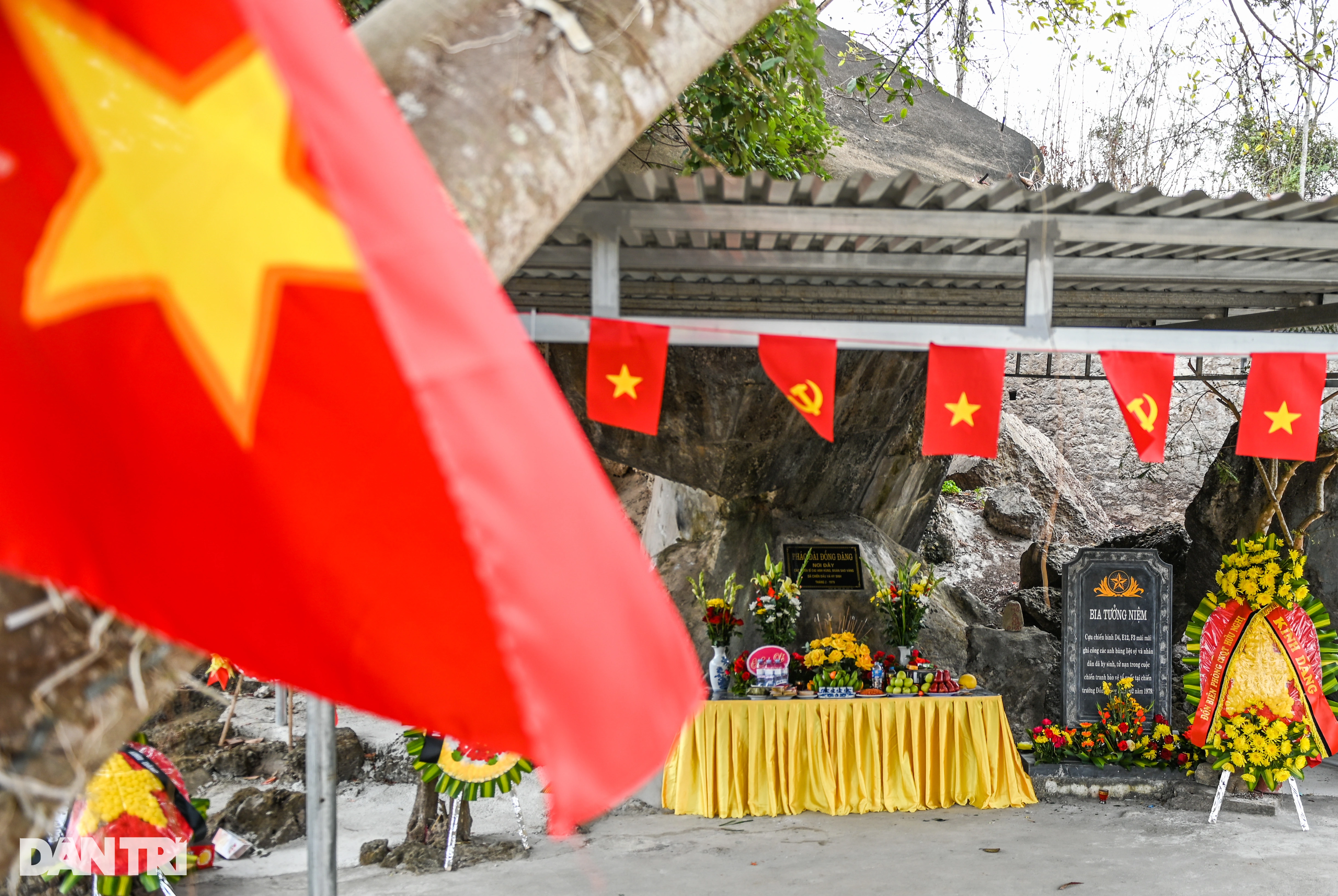






















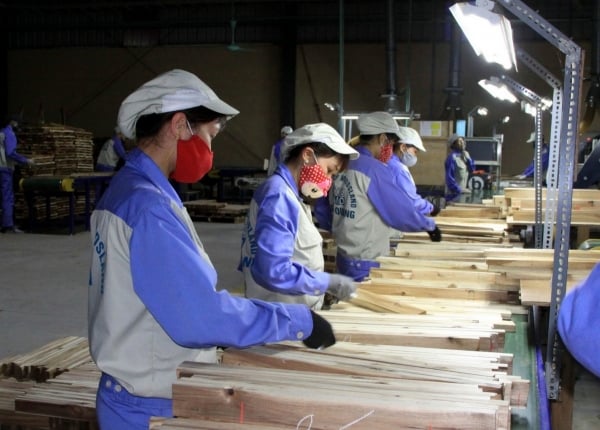

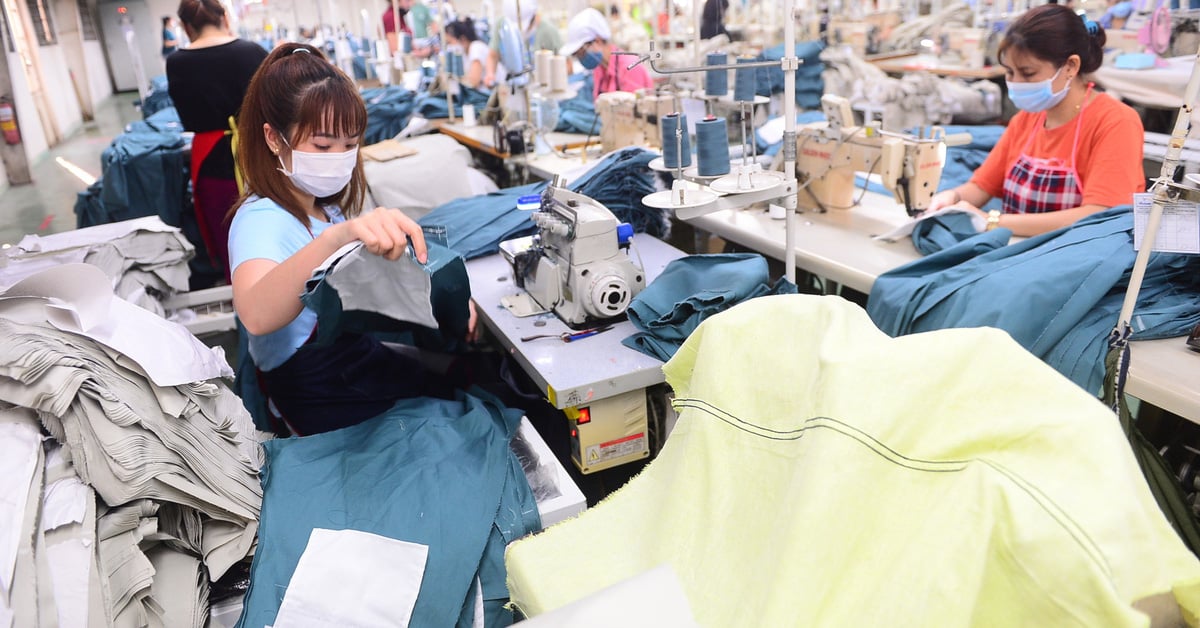

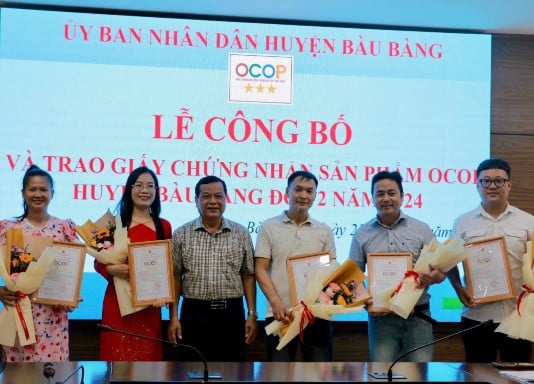

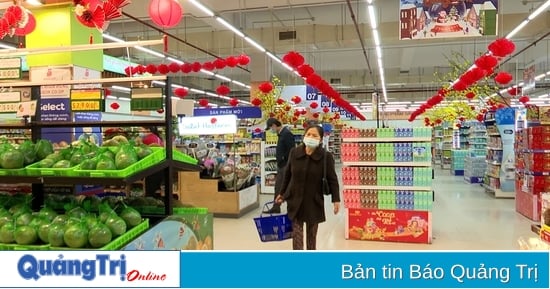
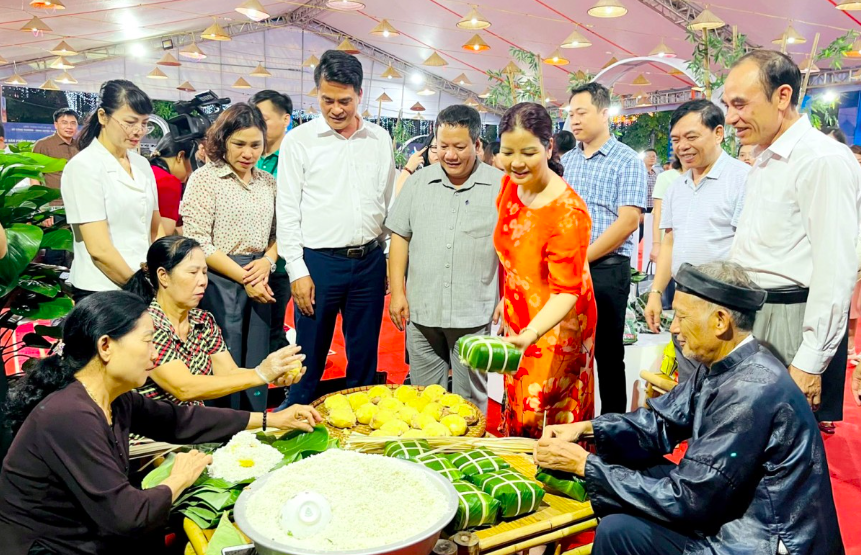
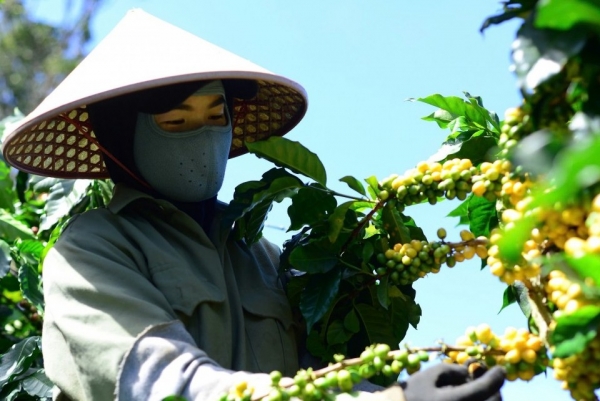
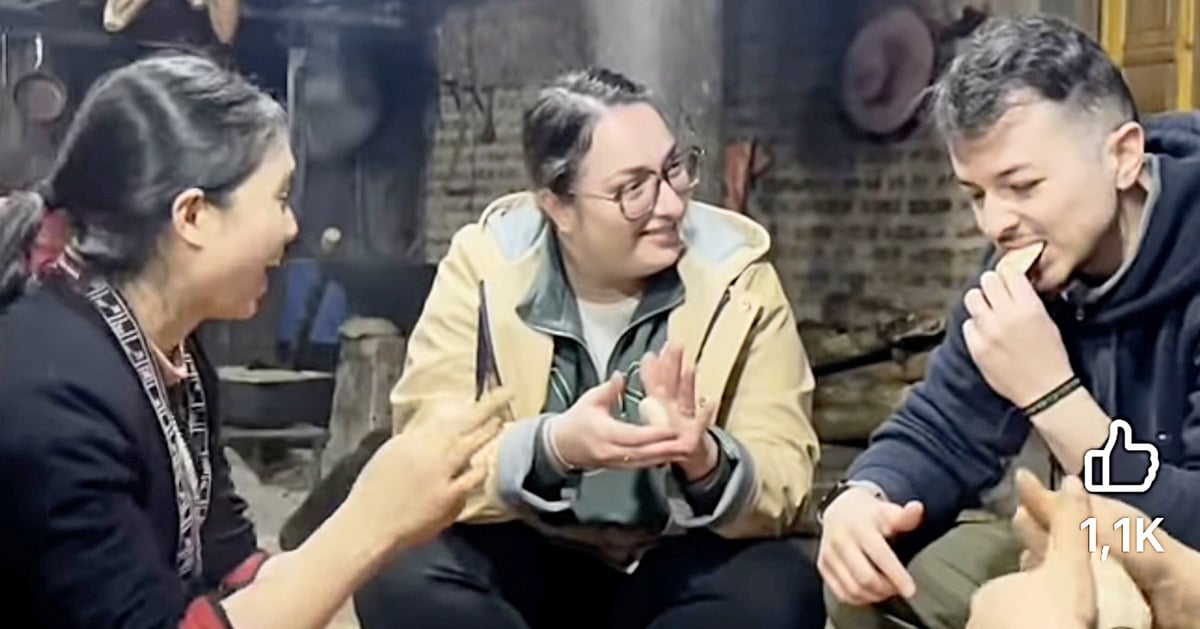
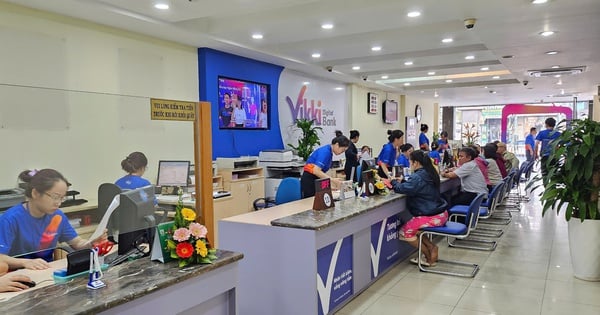

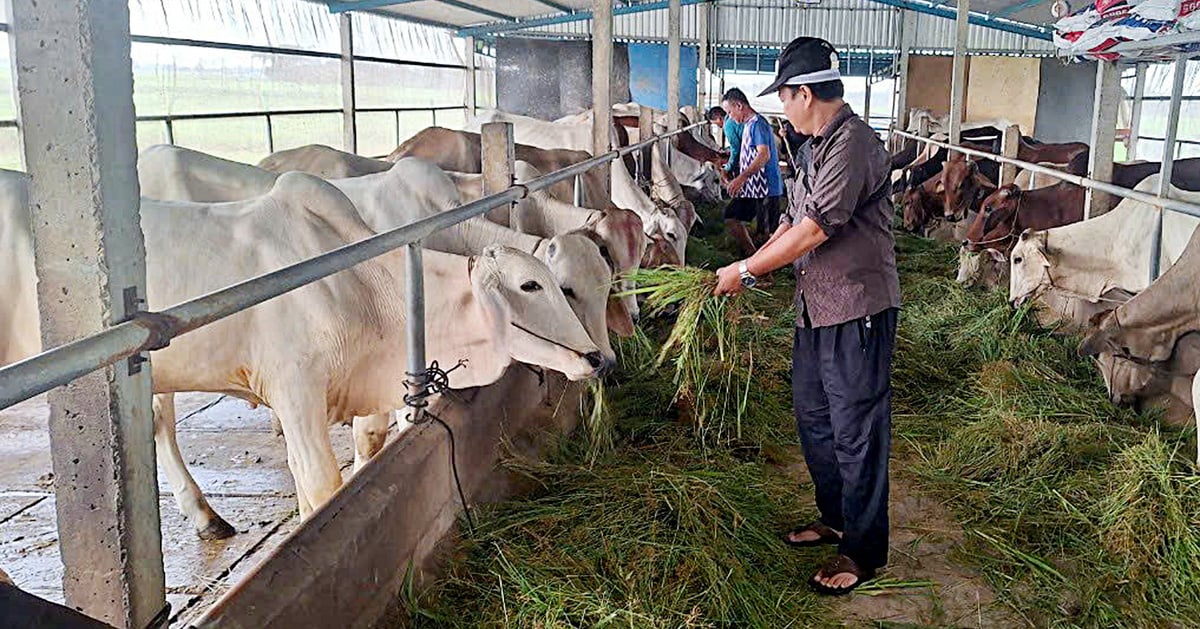


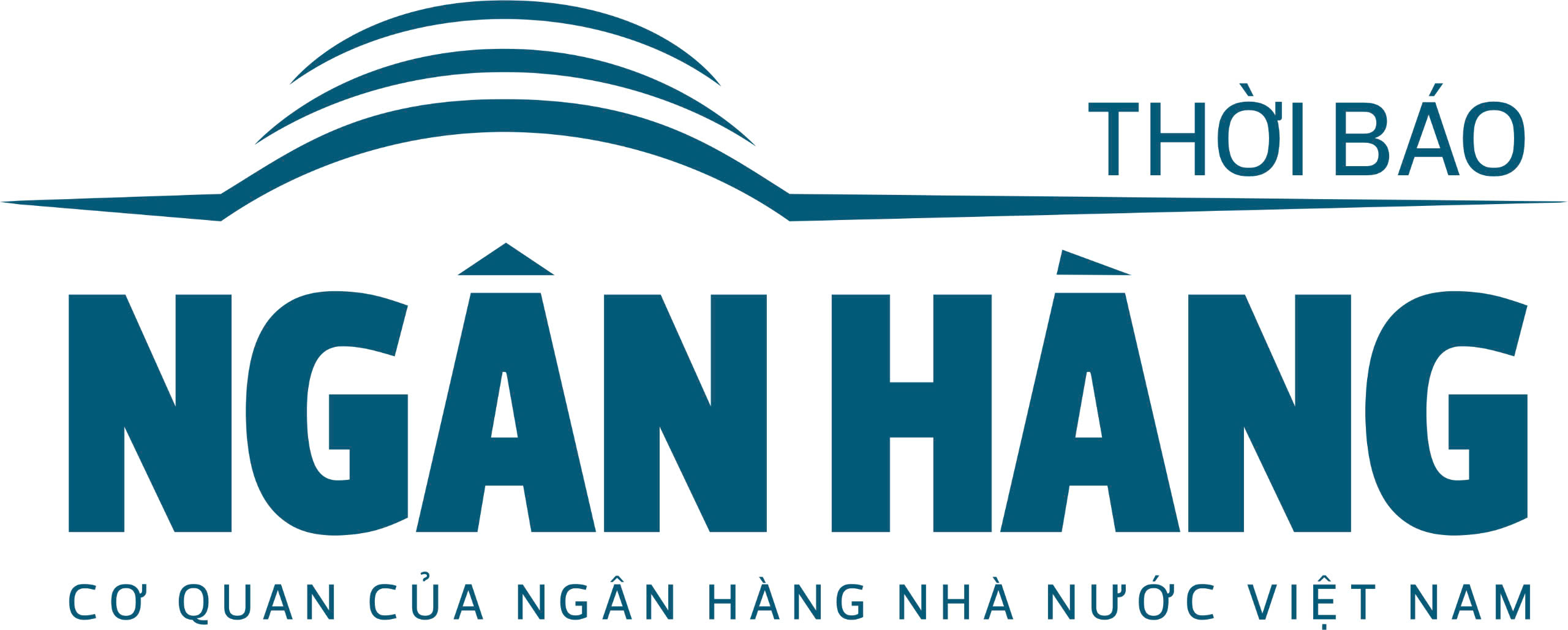
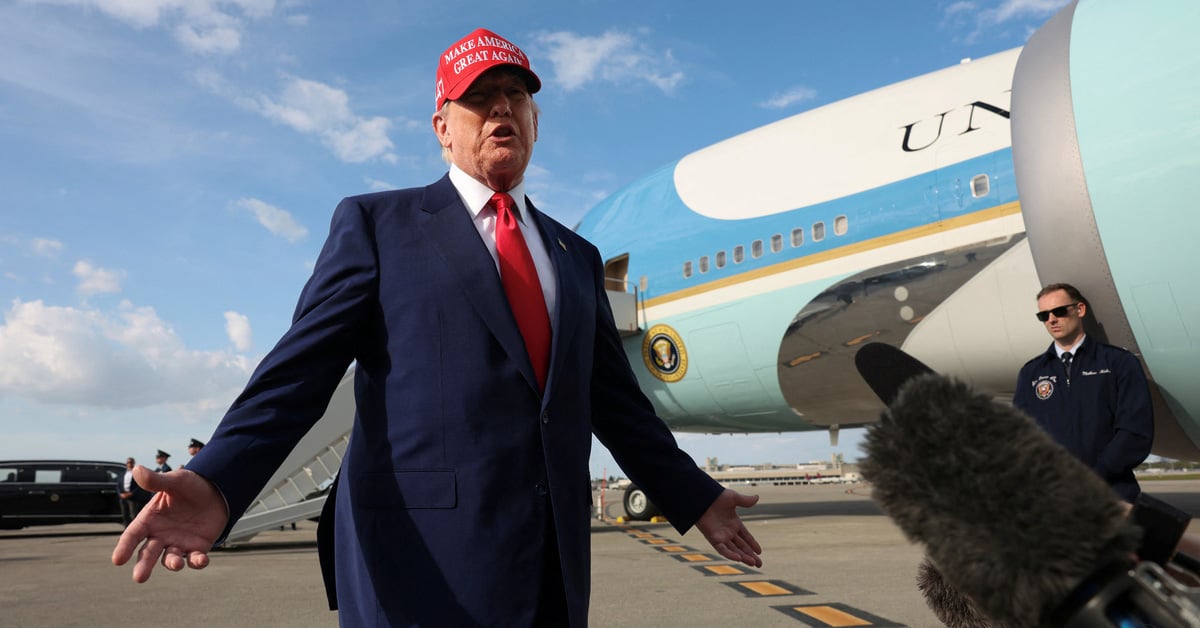


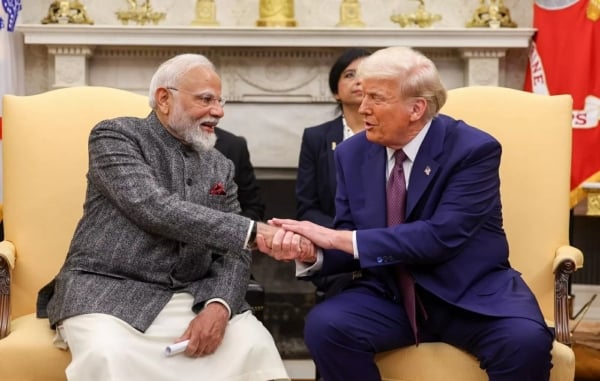


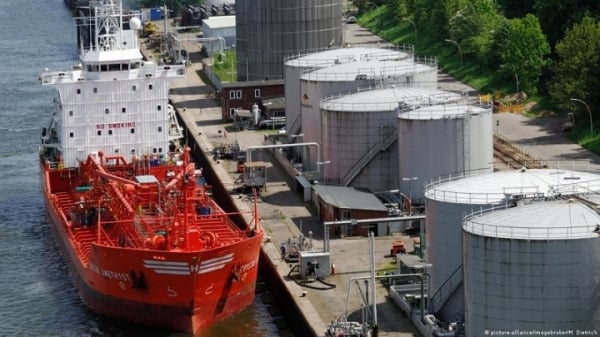





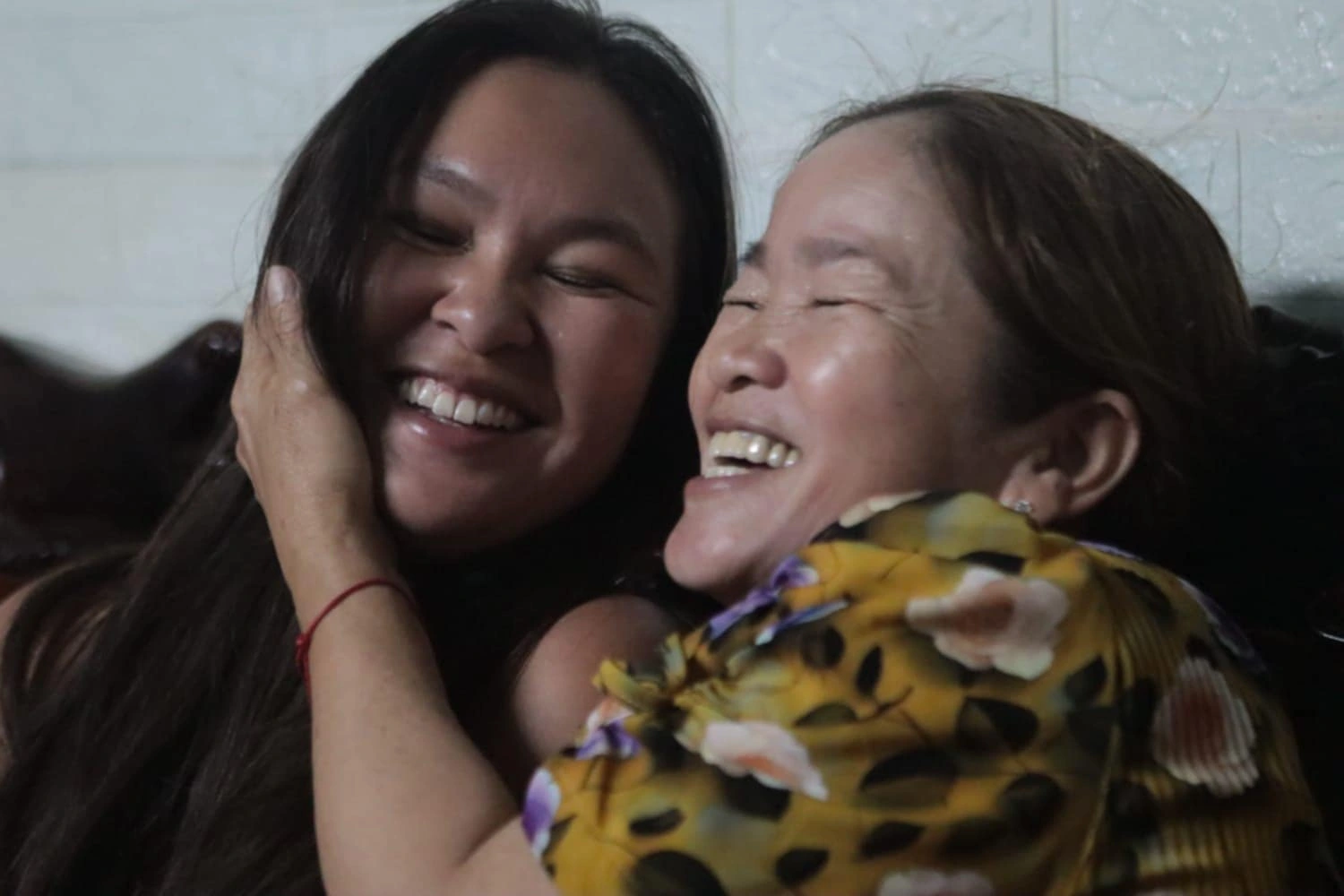







Comment (0)